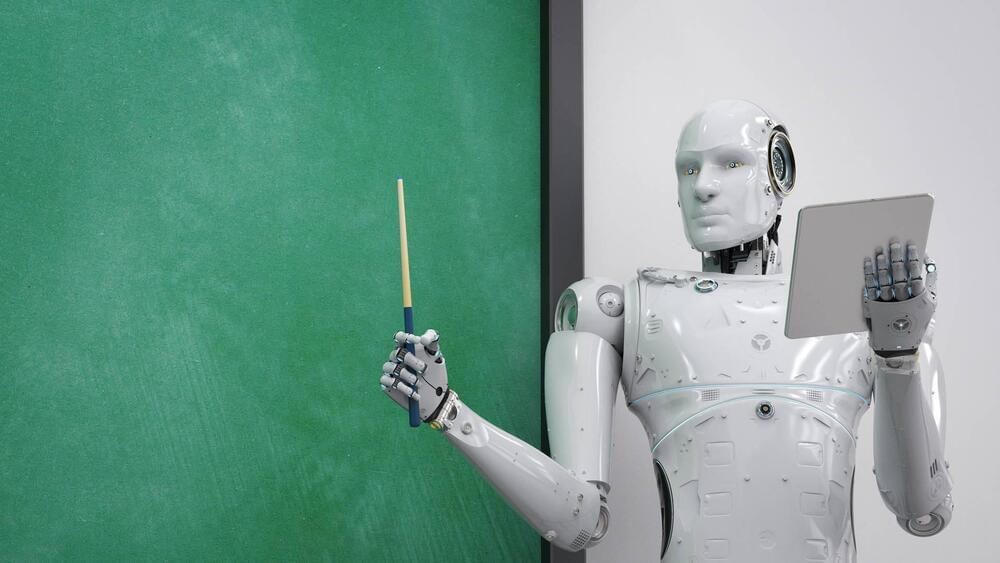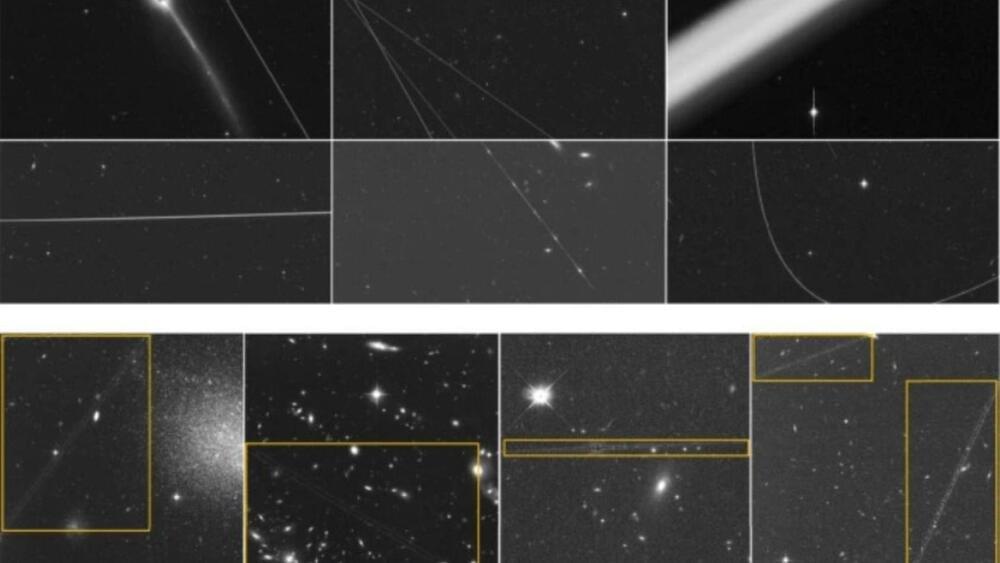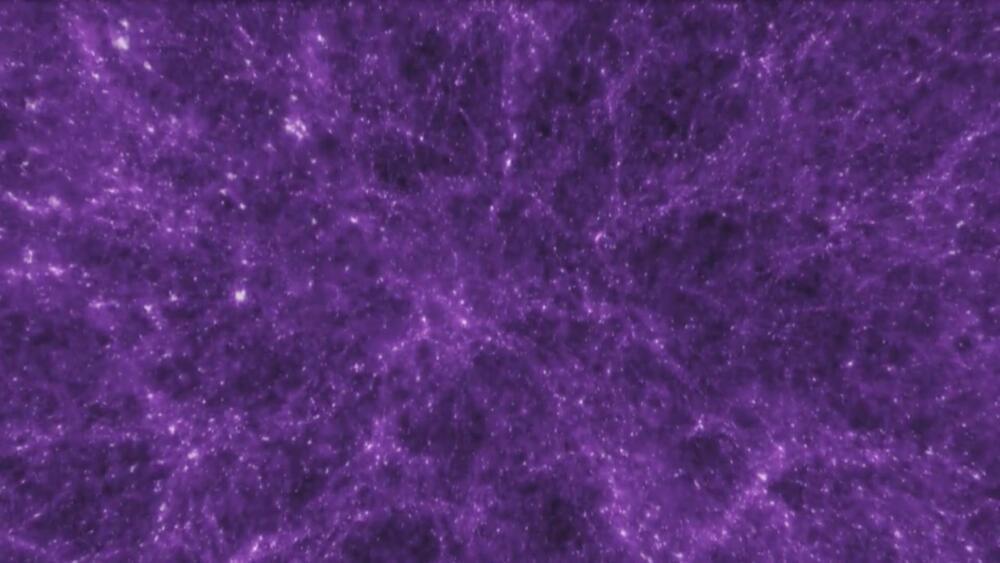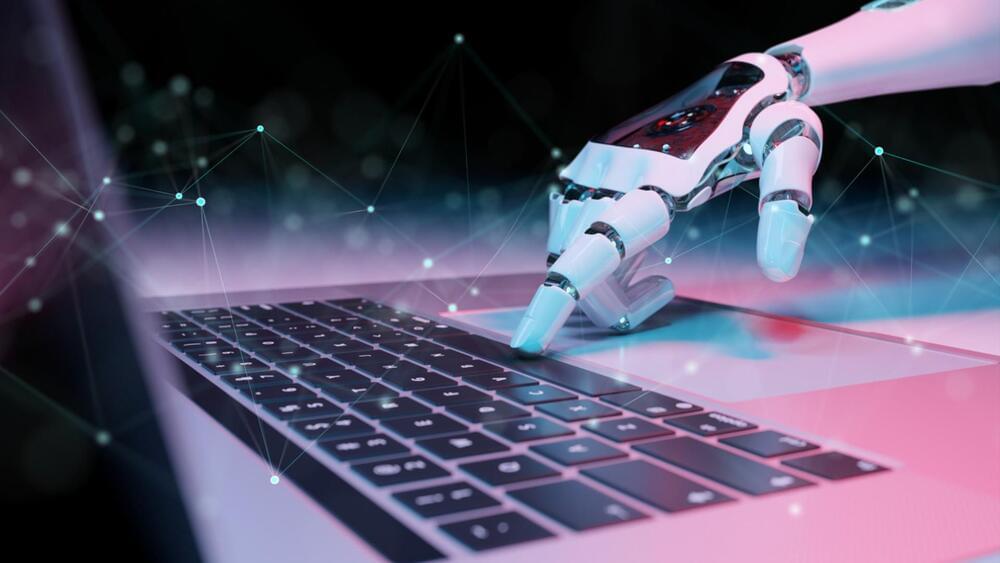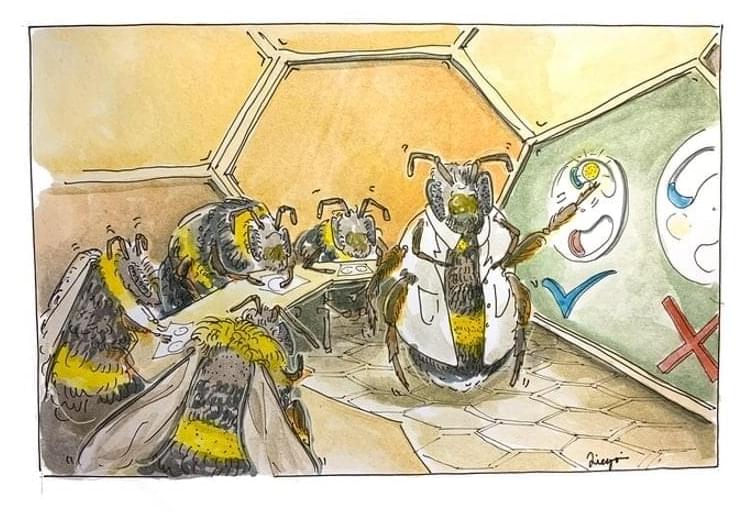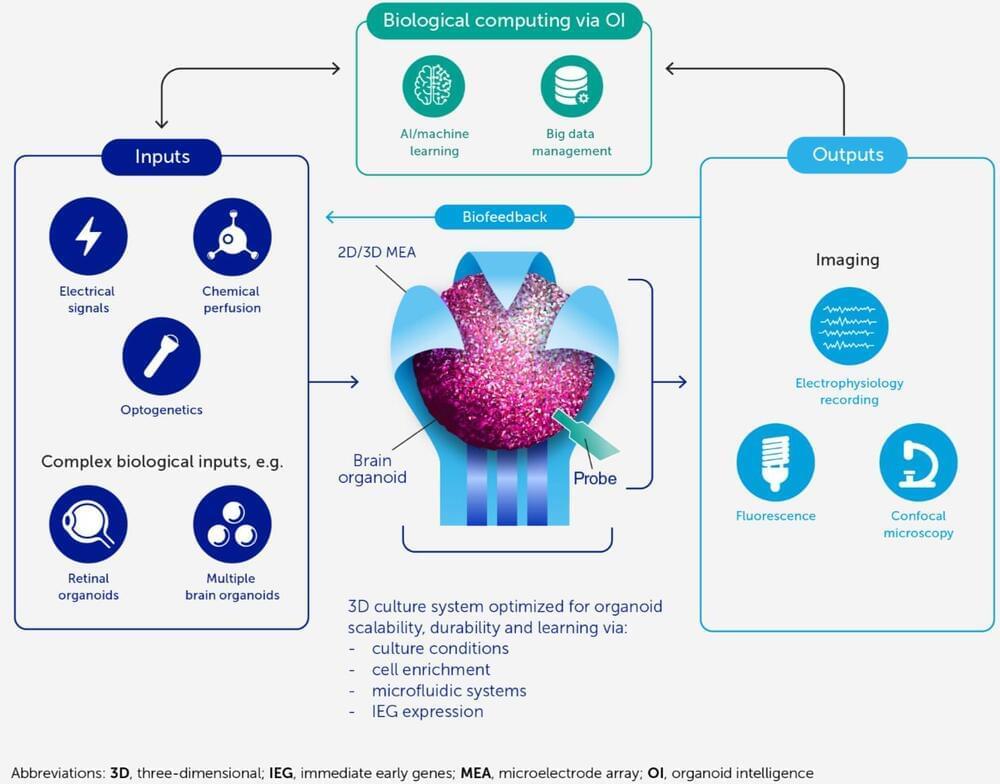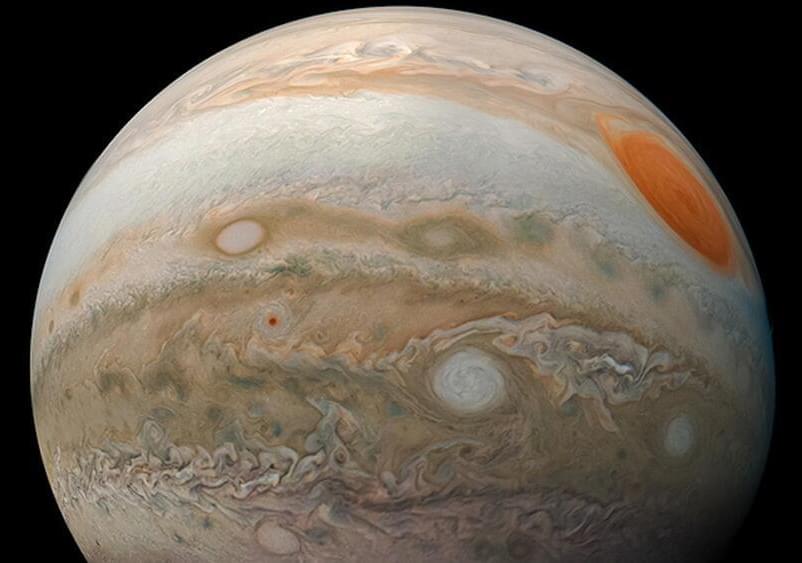
New simulations paint a picture of our solar system resembling an ornate clock. “Throw more gears into the mix and it all breaks.”
A new experiment shed new light on the role Jupiter has played in the evolution of life on Earth. In a series of simulations, scientists showed that an Earth-like planet orbiting between Mars and Jupiter would be able to alter Earth’s orbit and push it out of the solar system.
Such an event would extricate Earth from its life support system, the Sun, and would therefore wipe out all life on our planet.
Ultimately, the experiment highlighted how the solar system’s largest gas giant, Jupiter, plays a crucial role in stabilizing the orbits of its surrounding planets. The hypothetical scenario was considered as part of a UC Riverside experiment.
